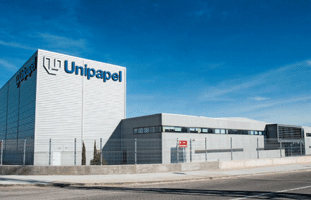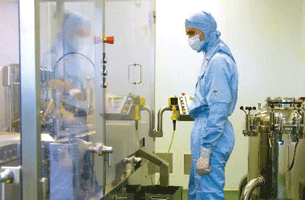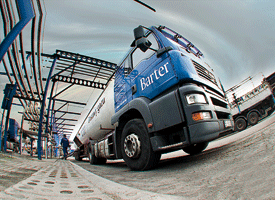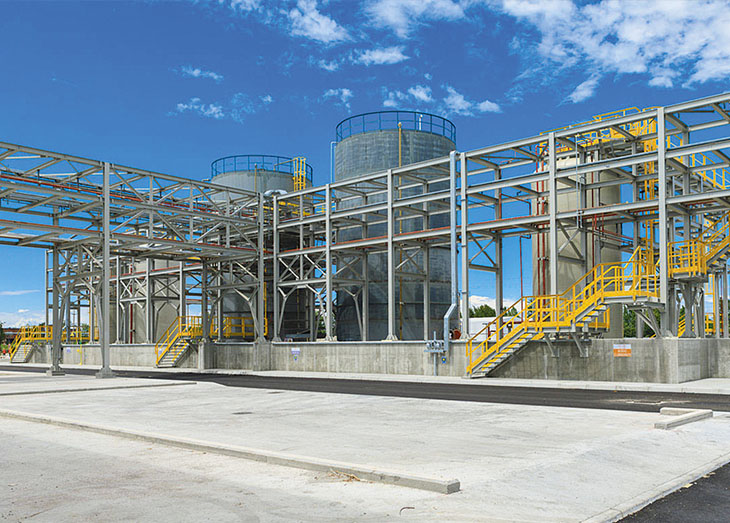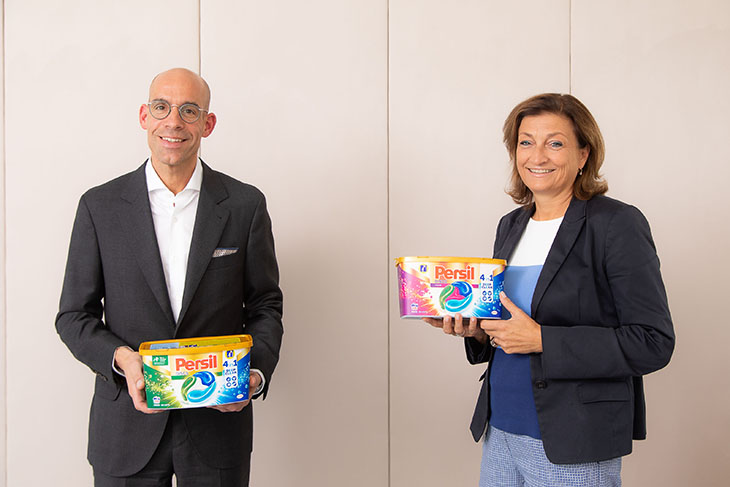To accelerate access to the growing Chinese market, Stora Enso will launch its integrated mill project in Guangxi, China in two phases, starting with building a consumer board machine
“The revised two-phase schedule, starting with the board machine and related industrial investments, will enable us through our customers to access the Chinese consumer market with an accelerated timetable. The revised investment schedule will cut the mid-term three-year capital expenditure requirements by half, as capital will be committed for the pulp mill only when the board machine is already generating cash flow,” says Mats Nordlander, head of Stora Enso’s Renewable Packaging Division.
The capital expenditure for the first phase of the project is estimated to be approximately EUR 760 million, comprising EUR 590 million for industry and EUR 170 million for plantation operations. The current capital expenditure estimate is approximately EUR 90 million in 2013, EUR 300 million in 2014, EUR 300 million in 2015 and EUR 70 million in 2016 or soon after. The project is expected to clearly exceed Stora Enso’s ROCE target of 13%.
“Delaying construction of the pulp mill will also give us an additional three years to build up our fibre base and sustainable plantation operations in harmony with the local communities and with the support of all stakeholders. We will not be acquiring new land for eucalyptus plantations before we have solved the existing challenges concerning land leasing. We will continue our efforts together with the local communities to seek fair distribution of income from our operations.
“The new timetable fully supports Stora Enso’s transformation from a European pulp and paper company into a renewable materials company focusing on growth markets. We are very excited to have a solid plan for finally going forward with the investment, which will produce sustainable and hygienic food packaging solutions for Chinese consumers,” concludes Mats Nordlander.
Further implementation of the investment is subject to signing of final documentation and customary conditions precedents, including regulatory approvals.

















